Bringing home a dog to become part of your growing family is a big decision. Your readiness in becoming a pet parent solves one aspect of the decision to introduce a new dog into your life; understanding the unique requirements of being a pet parent is another. Picking the right dog to welcome in your life entails a clear understanding of the unique characteristics and requirements of different breeds of dogs and taking into consideration your own personal requirements. Here are some things you need to consider to help you zero-in on the best dog for you.
Your Home
Your house is one of the most important considerations you need to factor in when choosing the best dog to get to come live with you. This typically includes the type of living space, the availability of a yard, the location of your home, and whether or not you need to secure your pet within your property.
Living Space
Living in a big house typically doesn’t pose any limitations to the kind of dog that you can bring home. They will have plenty of space to explore. You will also have more floor space to choose which you can turn into your pet’s private den. Perhaps the only limitation of a really big house is that it may be quite difficult to look for a really small breed of dog once it decides to go hide and expect you to look for it.
Apartment dwellers or would-be pet parents living in rather tight or small, cramped spaces have to think about the breed of dog they want to bring home. Naturally, the best breeds for apartment dwellers are small dogs, although it is not unusual that medium and even giant dog breeds like the Greyhound and Great Dane, respectively, also make good apartment dogs. The Cavalier King Charles Spaniel and the Yorkshire Terrier have got to be two of the best since they’re highly adaptable, calm, and very friendly. The Yorkie is also not a barker so it should fit perfectly in an apartment setting. Boston Terriers, English Bulldogs, and Basset Hounds are also exceptional choices for apartments and small spaces.

Presence and Size of Yard
Another consideration is the presence of a yard in your home. Obviously, apartment dwellers can skip this consideration. But for those with houses built on a parcel of land, you’d have to consider the space within your property that your pet can use for play and exercise. All dogs require physical exercise to maintain their muscle tone and improve joint flexibility. Exercise also helps dogs improve cardiovascular health while allowing them to use energy which would otherwise be used for destructive and undesirable canine behavior such as digging, barking, chewing, and the like.
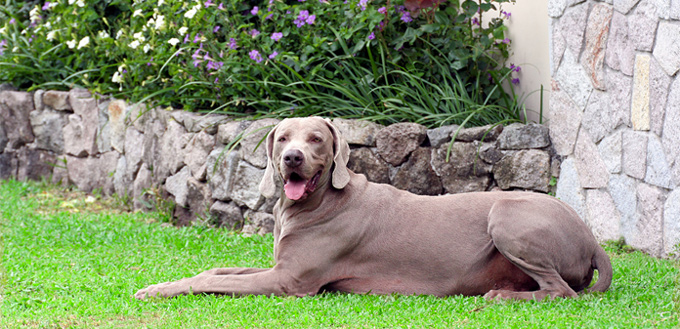
If you have a spacious yard, then going to the dog park doesn’t have to occur on a daily basis as your pet can already have its exercise right within your property. However, if your yard is a bit cramped or you don’t have plenty of yard space, you might want to stick with dog breeds that are known for their low energy levels. These dogs usually don’t mind if they spend all day in front of the TV, although occasional walks wouldn’t hurt either.
Basset Hounds top the list. They only require mild daily exercise as they are rather slow-moving. Bulldogs and Cavalier King Charles Spaniels are also great choices. Greyhounds may be known for their amazing speed, but they’re equally famous for the dog world’s best couch potatoes. The Great Dane, gigantic and majestic as it is, is actually a large breed that considers itself a lap dog.
Location of Home
The geographical location of your home also plays a role when choosing a dog. If you live in the city, you may want a dog that doesn’t mind staying in a rather small space without access to a backyard or maybe there is but is quite limited. You may need a dog that is as comfortable lying all day on its dog bed as it is walking down city streets amid heavy foot and vehicular traffic. Norfolk Terriers, Pugs, French Bulldogs, and Cavalier King Charles Spaniels fit the bill nicely. You can also add to the list Shih Tzus and Yorkshire Terriers.
Pet parents living in the suburbs have more space to give to their dogs. They usually have larger homes and moderately-sized yards suitable for some backyard activities for pets. Foot and vehicular traffic is also generally lighter than in the city so there is improved safety for pets. Suburbanites can bring home the Golden Retriever, a dog that is number 3 in the AKC’s list of most popular breeds and generally known for their gentle, loyal, and loving nature. Beagles are excellent neighborhood hounds while the gentle English Bulldog is perfect for families with growing kids. Collies and Dalmatians also make for great suburban dogs because of their moderately active lifestyle.
If you live in the countryside you’ll have a different set of considerations. You want a dog that you can easily train and one that will not wander off. Remember, the countryside can be a very huge place so you want a dog that will stay close to its home. The German Shepherd, AKC’s number 2 dog, makes for a great countryside hound as it is easily trainable and enjoys activities that require large space. Rottweilers are trainable, too and are docile and extremely loyal; they won’t be wandering far off from their families. Other breeds that make for excellent countryside living are Saint Bernards, Newfoundlands, and Australian Shepherds.
You also have to consider the weather in your area. If you live in hot, tropical weather, you’ll need a dog that can pant relatively well, small to medium in size, and a single layer of relatively thin fur. For this, Beagles, Terriers, Dobermann Pinschers, and Chihuahuas make excellent pets. If you also happen to live near the beach or a body of water, Basenjis, Golden retrievers, Labrador retrievers, and Chesapeake Bay retrievers are great choices.
If you live in cold weather environments, you’ll need dogs with double coats or relatively thick coats. These are often the northern dogs such as the Siberian Husky, Alaskan Malamute, Shiba Inu, and the Samoyed. You may also want to bring home a St. Bernard, a Tibetan Terrier, or a Tibetan Mastiff. German Shepherds, Chow Chows, and Akitas also make for great cold-weather hounds.
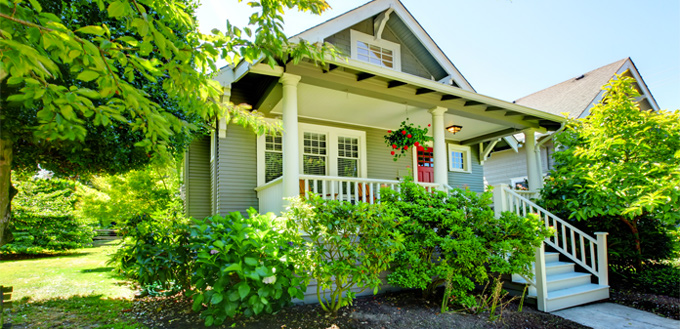
Security of Dog
Nothing worries pet parents more than the idea of their pets straying far away from home. If your house happens to have no fence, you may have to put your dog on a leash or perhaps even in a kennel most of the time. This is usually not good for your pet. As such it is important to look for a dog that has a Velcro attitude towards its family – it sticks with you. It may run outside your home but you can always count on it to come back home to its family.
The American Kennel Club’s numbers 1 and 3 dogs, the Labrador retriever and the Golden retriever, are two of the best when it comes to letting them loose in your property. These cousins will always return to their respective families. There are many stories of Labs and Goldens traveling great distances just to be with their families. Some would stay in the exact same location where their family was last seen, forever hoping that they will return. When it comes to loyalty to the family, no one can question these two breeds. Border Collies, Poodles, and German Shepherds also don’t require being kept within boundaries as these hounds are the world’s three most intelligent breeds that you can easily train to never leave your house. Other noteworthy breeds include the Brittany Spaniel, the Doberman Pinscher, the Australian Shepherd, the Shetland Sheepdog, and the Vizla.
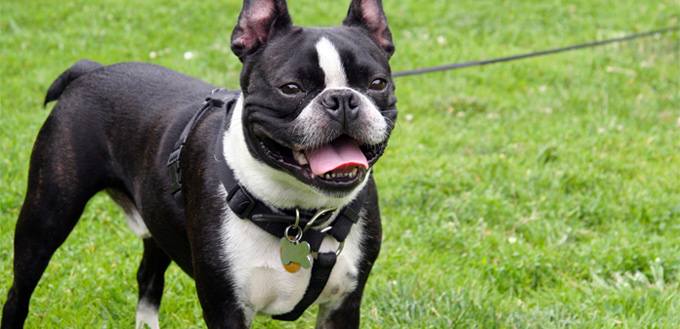
Your Family
Another major consideration in choosing the best dog for you is your family. Typically, if there are no family members with significant health concerns or even serious physical disabilities, you can actually pick just about any other dog. Unfortunately, this is not always the case as there may be some family members who may be allergic to pet dander or who cannot walk their dogs because of physical limitations. As such you need to factor these in on your decision.
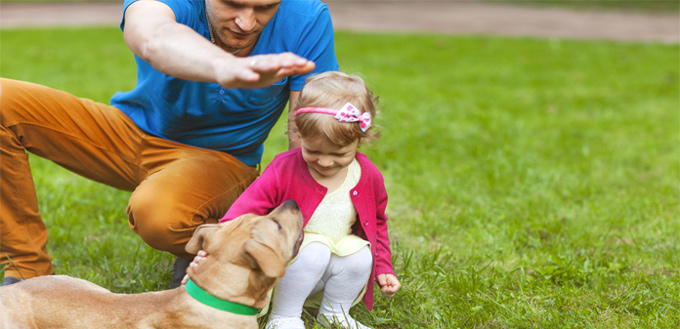
Family Members with Physical Disabilities
If you have a family member who has physical disabilities, you may want to get a dog that you can train to be a service dog. While just about any dog can be trained, you’ll be better off with those that have been duly trained by professionals to help care for your family member especially when you cannot physically do so yourself. The top 3 dogs in the AKC list also happen to be the 3 best dogs for assisting individuals with physical disabilities. The Labrador retriever, the Golden retriever, and the German shepherd are the triumvirate of assistance dogs. You can also add the Cavalier King Charles or even the Lancashire Heeler in your list.
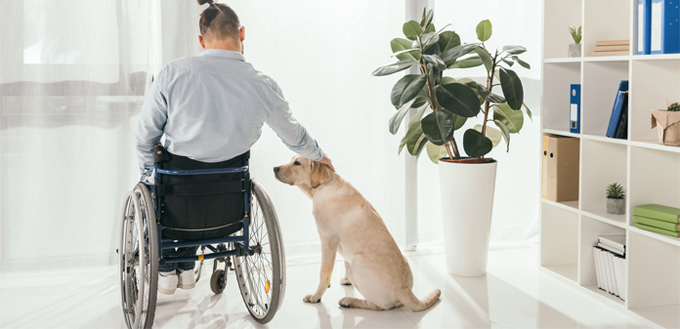
Family Members who Need Emotional Support
Families who may have members in need of emotional and social support can also benefit from therapy dogs. These are hounds specifically bred and trained to help. Labradors and Golden retrievers are always known for their gentleness and ease of trainability. German shepherds and Greyhounds may not be the first two dogs that can be thought of as especially caring, but they do have a gentle nature that can be very useful for therapy. German shepherds are also very trainable. Other breeds you may want to consider include Beagles, St. Bernards, Pomeranians, Poodles, and Rottweilers. A note on Rottweilers that have been getting a bad rep for many years now; they are gentle, calm, and affable creatures that only need your understanding and careful attention to their training needs to really bring out the best in them.
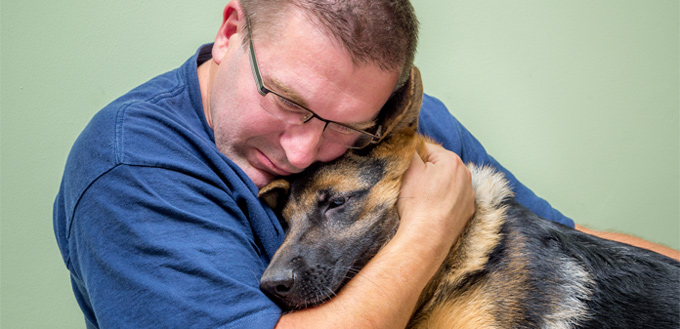
Family Members with Allergies
There are a growing number of individuals who are having issues about pet dander allergies. There are also families who are not really keen on having dogs that shed a lot. Whether it is for allergy reasons or for shedding, your best choice for a dog will be those that do not shed that easily. You have quite a handful of possible canine candidates for such a position. The Tibetan Terrier, while it is fluffy, is one of the most remarkable examples of hairy dogs that are not allergenic. These hounds are known to shed very minimally despite them having thick coats. Other hypoallergenic dog breeds you may want to consider include the Chinese Crested, the Havanese, the Bichon Frise, the Poodle, the Shih Tzu, and Yorkshire Terrier.
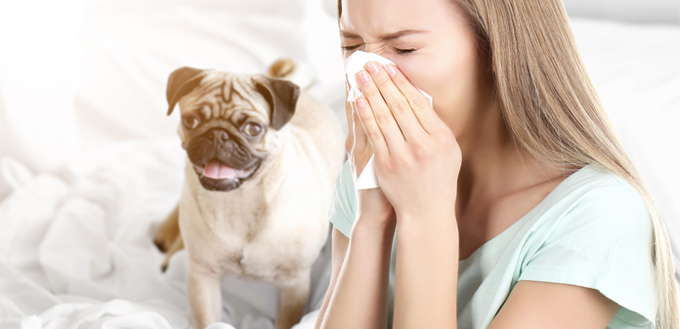
Children
The safety of your children, especially the really young ones, can be a source of concern whenever deciding to include a dog in the growing family. While the natural tendency of most newbie pet parents is to get a dog that is relatively small for their children, size isn’t necessarily the only factor that one has to consider when kids are involved. A more important factor is the dog’s temperament as well as trainability. Dogs for small children should have a very docile yet very friendly disposition towards humans, but most especially kids. They should be sturdy to withstand roughhousing from kids without having to return the favor.
The English Bulldog may have the face only moms could love but no one can match its affection and docility especially towards young children. It’s tough and won’t really mind being roughhoused. It’s not especially known for being energetic, too, making it a very likely candidate for young kids. Others in the list include the Golden retriever, the Labrador retriever, the Poodle, and the Collie, among others.
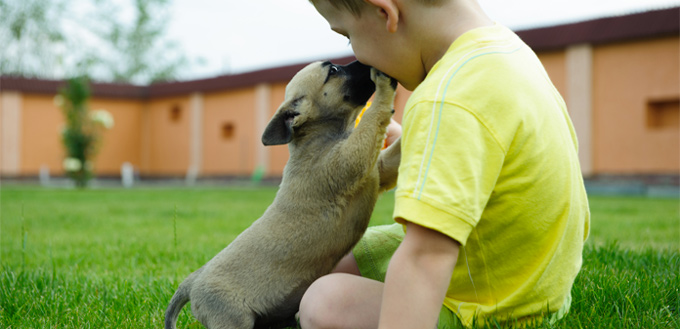
Dog Care and Maintenance
In addition to considering your home and your family in making the decision to get a specific breed of dog, you may also want to factor-in a few other things related to the general care and maintenance of dogs.
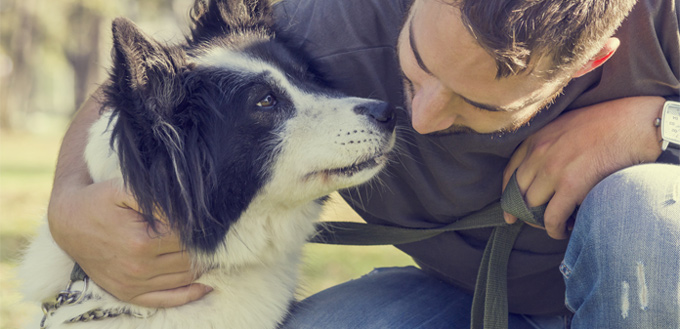
Budget for Food
You will have several options when it comes to dog nutrition. For more practical pet parents, going the dry dog food route is always the only choice. For those who require quality regardless of the price, but still with the added convenience of modern pet food manufacturing, wet dog food is a good choice. For dog lovers who want to give their dogs a diet that is closest to their ancestral diets, going for home-cooked dog food or going raw makes perfect sense.
Regardless of the dog food you want to give, your budget for pet nutrition will inherently be tied to the size of the dog. The larger the dog, the greater is the amount of dog food that it needs. This also means you will be buying dog food more frequently and this can easily translate to greater costs. So, if you have a very tight budget for dog food, you may want to stick with the small breeds such as the Chihuahua, Yorkshire Terrier, Papillon, Affenpinscher, and Maltese.
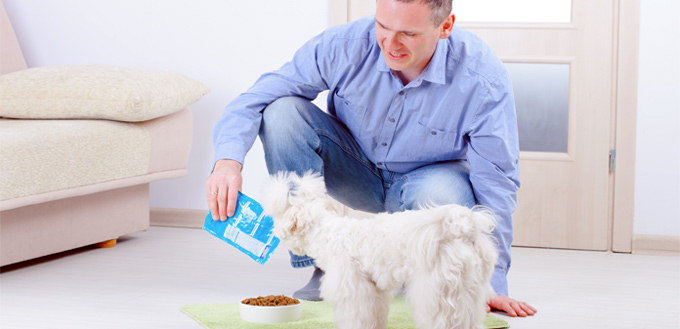
Dog Training
All pet parents have a secret wish that their dogs could perform a variety of tricks with the simplest of commands. Even if it is not for a slot on a famous talent search on national TV, training your dog is a fundamental requirement of any pet parent. All dogs are trainable. One only needs more patience and more perseverance when training certain breeds. If patience and perseverance are not your virtues, you may want to reconsider getting a dog into your life. If you don’t mind training your dog but would like it to be quick, you’d be better off choosing highly intelligent dog breeds.
Kennel organizations all around the world put the Border Collie at the pinnacle of dog intelligence. The Border Collie has always been bred as a sheepdog, a well-balanced, and very intelligent working dog that loves nothing more than to excel at its work. If Lassie is not for you, then maybe Rin Tin Tin would be a great option. German shepherds are also very easy to train. Other worthy contenders include the Poodle, the Doberman Pinscher, the Golden retriever, and the Labrador retriever.

Exercise Requirements
Dogs are inherently bred for work or simply to do something. With centuries of domestication, however, some dog breeds have learned to become couch potatoes themselves that they no longer require a great deal of exercise to stay healthy and prevent obesity. Of course, these dogs will still require the occasional walk as well as about 30 to 60 minutes of interactive playtime with you.
If you’re the type of pet parent who will not really be able to commit at least 30 minutes of vigorous exercise for his or her dog, then you may want to get the Cavalier King Charles Spaniel, an English Bulldog, or even a Basset Hound as these are three of the world’s top low-energy breeds. The Cavalier regales in its role as a veritable lap dog. The Basset Hound is renowned for its ‘laziness’ owing to droopy, sleepy eyes. The English Bulldog with all the bulk being supported by four small yet stubby legs is a lot better lying down than walking. The Bullmastiff may have a very imposing size, yet it is a certified couch potato. The Pekingese has always been valued by the Imperial court of ancient China. True to their heritage, these dogs won’t mind if they lay in your arms all day long.
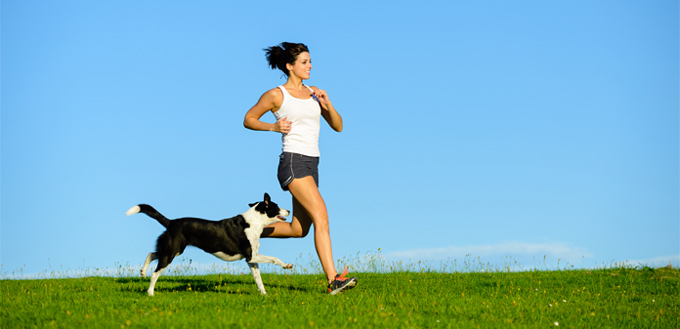
Maintenance Requirements
One of the tasks that every pet parent should learn by heart is how to properly maintain their dog’s overall health. While regular trips to the vet can help, learning to groom your pet is an absolute must. This includes bathing, combing or brushing of the pet’s hair, brushing its teeth, clipping its nails, and cleaning its ears as well as other parts of its body. It’s a very tedious job. That’s why a lot of pet parents would rather take their pets to a professional groomer. If you’re this type of pet parent, then you should factor this in your budgetary considerations.
Related Posts: Best Ear Cleaners for Dogs and Best Dog Brush for Shedding
On the other hand, if you want to groom and maintain your dog yourself, it is entirely possible, too. You only need to pick a low-maintenance dog and you’d be set for life. A great option is the short-haired Chihuahua. It’s small and has big pricked ears that bathing and ear-cleaning should be a cinch. Even if you get the long-haired breed, it will still be relatively easy to maintain. Other worthy contenders include the Labrador retriever, the smooth-coated Dachshund and Jack Russell terrier, the diminutive Miniature Pinscher, and the droopy-eared Beagle.
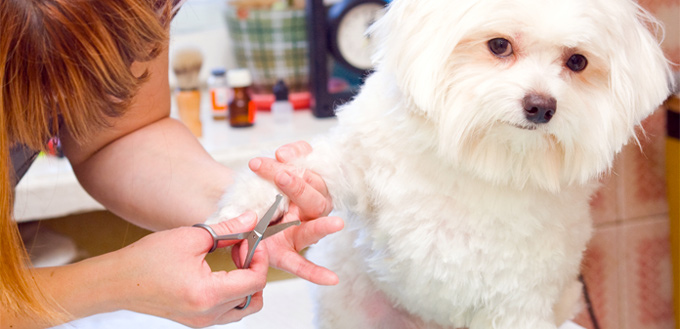
Veterinary Requirements
Dogs are not immune to a host of health conditions. In addition to the puppy shots and preventatives that you have to create a budget for, you will also have to factor-in other veterinary services that might be required.
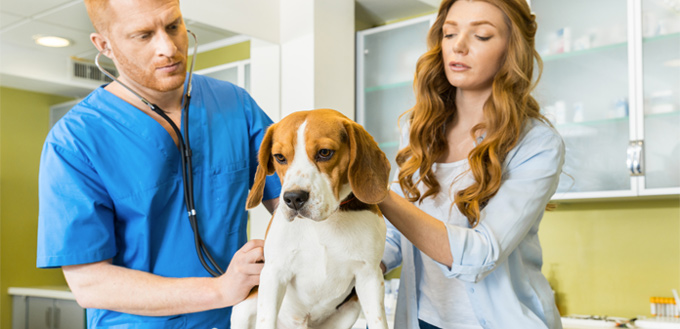
You may want to stick with breeds that are considered to have fewer health problems than the rest. Your best picks include the Border collie, the Chihuahua, the Havanese, the Foxhound, and the Siberian husky, although mixed breeds have been proven to be exceptionally resilient against many types of diseases common to purebreds.
That being said, you may want to steer clear of the Cocker spaniel, German shepherd, the Bulldog, the Golden retriever, and the St. Bernard as these are more prone to some serious health conditions such as hip dysplasia, cardiac disorders, cancer, liver disease, and epilepsy.
Avid dog lovers and canine behavior experts know that not all dogs make perfect pets for everyone just as not everyone is fully capable of becoming a pet parent for any particular breed of dog. If you can take into consideration the things we’ve shared in this post you can easily pick the best dog to make as a new member of your family.






